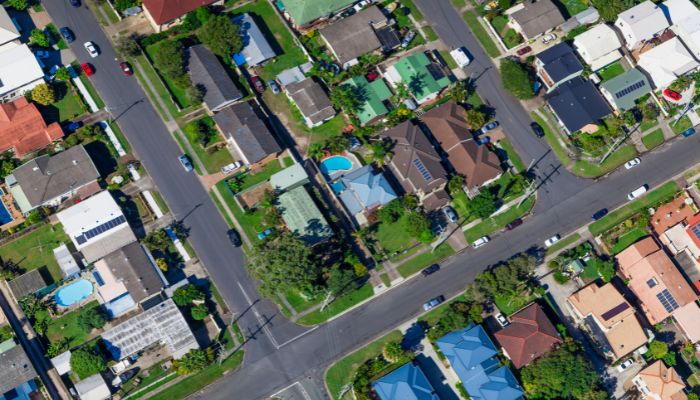
Australia’s housing market marked its third consecutive monthly increase in May after finding a floor in February.
According to CoreLogic’s Home Value Index, dwelling values in Australia increased 1.2% in the month, extending the gains in previous months.
All state and territory capitals posted increases in the month, with Sydney leading the pack by recording a 1.8% monthly gain in prices.
CoreLogic research director Tim Lawless said the persistently low supply levels and the rising demand for housing, particularly in capital cities.
“With such a short supply of available housing stock, buyers are becoming more competitive and there’s an element of fear-of-missing-out creeping into the market,” he said.
“Amid increased competition, auction clearance rates have trended higher, holding at 70% or above over the past three weeks; and for private treaty sales, homes are selling faster and with less vendor discounting.”
Capital cities are outperforming their regional counterparts: the former posting a combined growth of 1.4% versus the latter’s 0.5%.
“Although regional home values are trending higher, the rate of gain hasn’t kept pace with the capitals,” Mr Lawless said.
This could be due to the less substantial demand from net overseas migration. Furthermore, a slowdown in internal migration rates across the regions has helped to ease the demand side pressures on housing.
Despite these recent gains, it is worth noting that median dwelling values are still lower than last year. Across Australia, median values are 6.8% lower than a year ago.
Values are also well below recent peaks — only Perth was able to return to record highs.
- Sydney’s home values are still 9.6% below the January 2022 peak.
- Brisbane’s median values are down 9.4% from the June 2022 peak.
- Melbourne’s dwelling values are down 8.2% from February 2022 peak.
- Hobart recorded the biggest gap between the current values and the recent peak at 12.6%.
More sellers likely to test the market
Overall, new listings were 13.1% below the previous five-year average across the combined capitals and 18.0% lower across the combined regional areas of Australia.
Of all capital cities, only Darwin and Canberra recorded an increase in new listings trend from the five-year average.
Meanwhile, estimated home sales have shown some subtle upwards movement, with the number of capital city dwelling sales rising over the past three months to the highest level since July last year.
Mr Lawless said while capital city home sales are well below the recent highs recorded in late 2021, they are roughly in line with the previous five-year average, with transactions outstripping new listings in the past three months.
“At the national level, we have seen an average of 35,143 new listings added to the market over the past three months. Over the same time, we have seen an average of 39,760 dwelling sales,” he said.
“This disconnect between available supply and housing demand is a central factor placing renewed upwards pressure on housing values.”
“The last time capital city stock levels were this low, at this time of the year, was in 2007. This was also a period of rapid overseas migration and rising housing values.”
With improving selling conditions, Mr Lawless said more homeowners are likely to test the market.
“It will be interesting to see if more vendors take advantage of the improving housing market conditions, and look to beat the spring rush when competition to sell could be more intense,” he said.
-
Photo by zstockphotos on Canva.